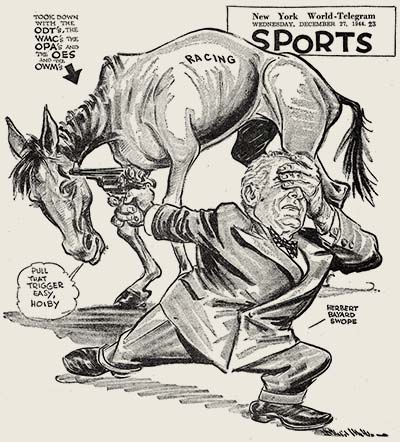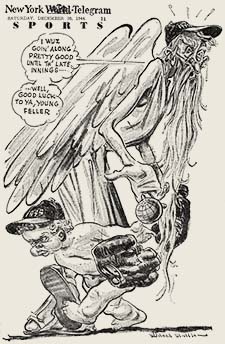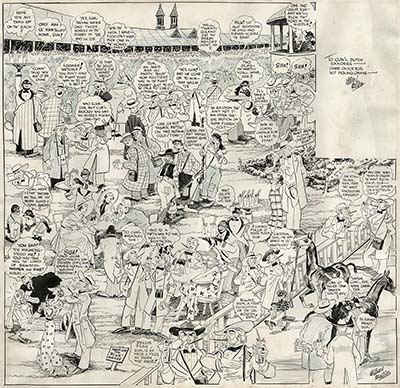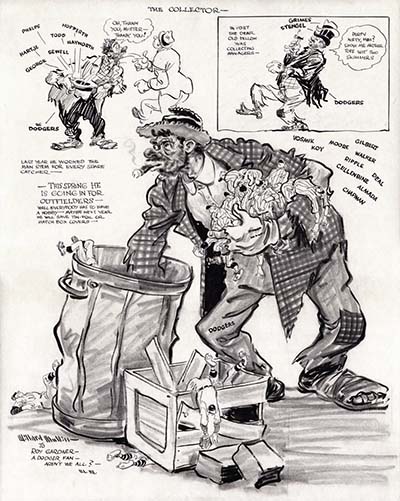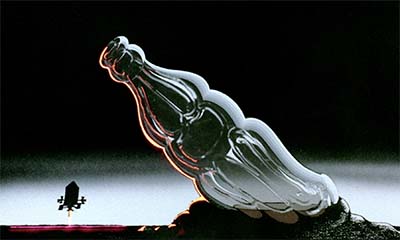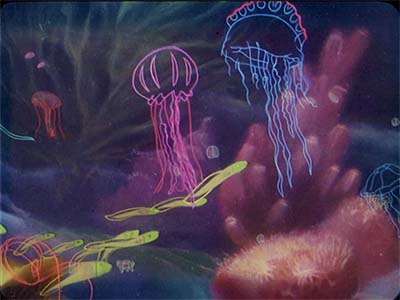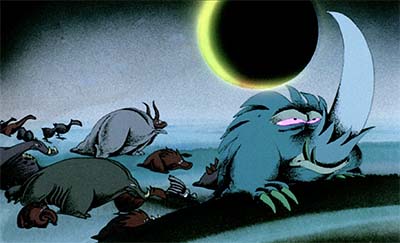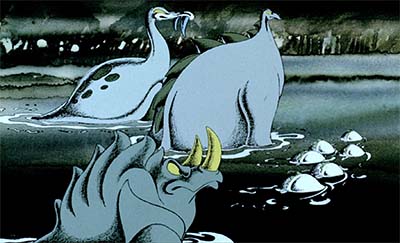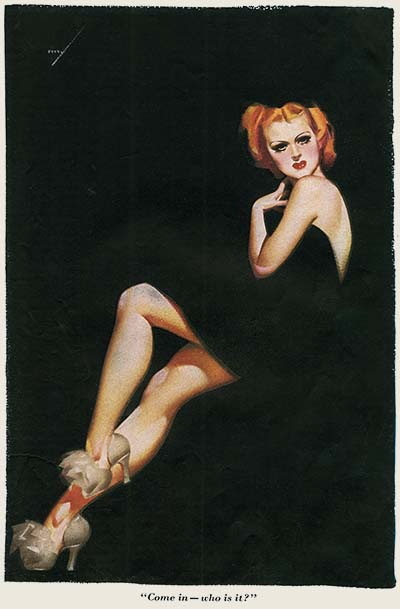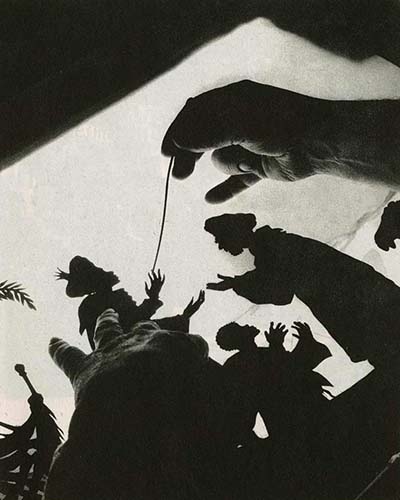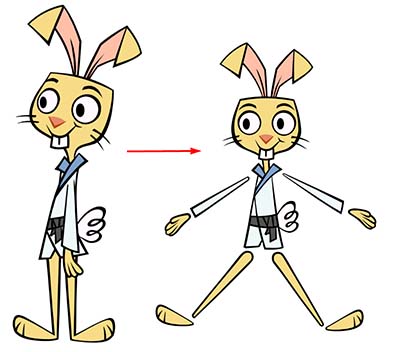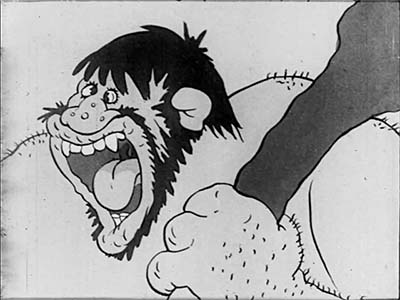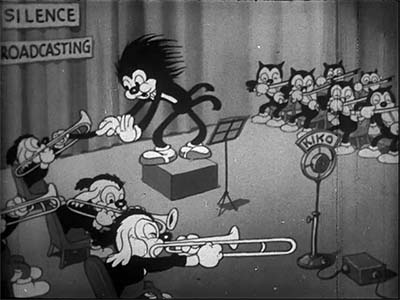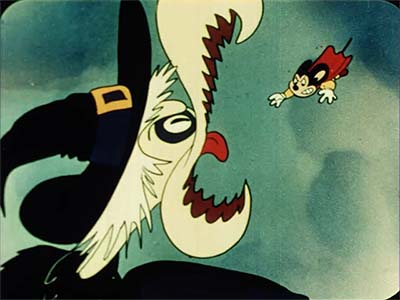
People who aren’t members of Animation Resources don’t understand how comprehensive our Reference Packs are. Today we are sharing the current Bonus Archive. If you are an annual member of Animation Resources, click on this post to go to the Bonus Archive page. If you aren’t a member yet, today is the perfect time to join! You’ll get six new RefPacks a year. Sign up for a General or Student Membership and you’ll get access to the special Bonus Archive with even more material from past Reference Packs.
These downloads will expire November 1st.
What are you waiting for?![]()
JOIN TODAY!
https://animationresources.org/membership/levels/
Annual Members LOGIN To Download
JOIN TODAY To Access The Bonus Archive
DVD QUALITY VIDEO:
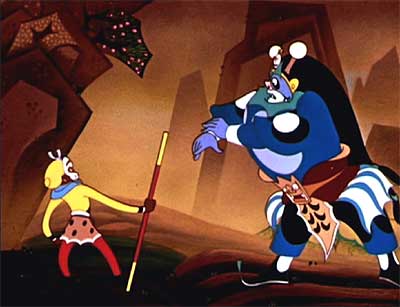
“Havoc In Heaven”
The Wan Brothers / 1961/1964
In this Reference Pack, Animation Resources is trying something new. Instead of providing our regular e-book and short films, RefPack022 includes a rare animated feature film in its entirety. We hope you find this to be useful to your studies.
Directed by Wan Laiming, written by Wan Laiming and Li Kuero, and animated by the Shanghai Animation Studio, Havoc in Heaven is a part of a trio of Chinese animated films based upon the "Monkey King Saga" which also inspired the Japanese animated feature Alakazam the Great. It was made by a family of animators known as the Wan Brothers, and the first installment of this trilogy of films, Princess Iron Fan was released in 1941. The second, Hue And Cry Over The Sky was released in 1961. The third segment Big Trouble followed closely in 1964. The last two films were later screened together with an intermission and titled Havoc In Heaven.
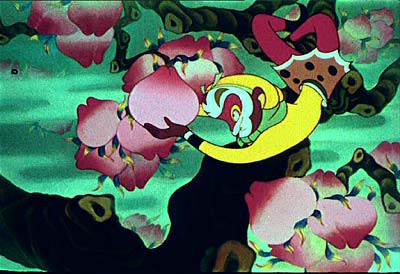
We are proud to be able to bring you the last two films in this series. This video transfer comes from China, and unfortunately it does not include English subtitles. But dialogue is minimal and the action is clear, so you should be able to follow along without trouble.
PLEASE NOTE: This video file is very large. Please download the file by itself with no other downloads and please be patient for it to complete downloading. The film is worth the wait!
M4V Video File / 1:24:28 / 1.4 GB Download
Annual Members LOGIN To Download
JOIN TODAY To Access The Bonus Archive

The Wan Brothers Documentary
China / 2005
Included with this feature is a “making of” documentary narrated in Chinese. It’s an amazing look at pioneering animators working in a totally different culture than ours. Animation Resources supporter, Yinghua Moore generously provided this capsule translation of the narration for us in English.
The Uproar in Heaven films (Hue And Cry Over The Sky / Big Trouble) were directed by Wan Laiming, one of the early pioneers of art films in China. These animated films were so popular in China that Wan is regarded as a treasured artist by the Chinese people. Wan Laiming had three brothers- Vancomyein Toad, the twin brother who was moon to Wan Laiming’s sun; Wan Chaochen and Wan Dihuan. They are all well known in China as "The Wan Brothers".
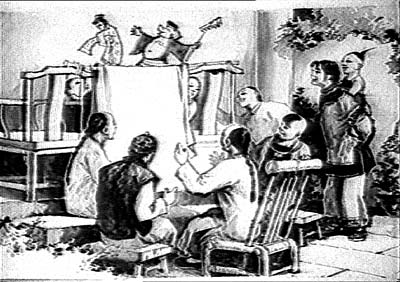
They were born in Nanjing, on the banks of the Yangzi River. Their father, a businessman, expected them to learn a trade from books, so they could make a lot of money when they grew up. But their mother encouraged them to cut paper into the shapes of people and birds, and the sons enjoyed art more than book-learning. When they were young, they performed puppet shows with their paper-cut characters, based on a story from the four classic novels titled "Journey to the West", the books that document the legendary Monkey King epic.
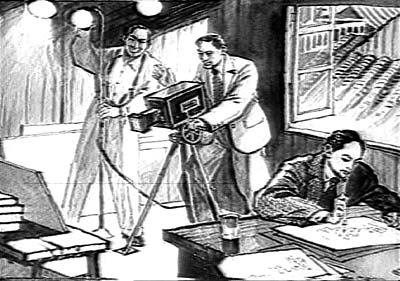
In 1916, the family moved to Shanghai. Wan Laiming took a job working for the Shanghai Commercial Press, and held positions in the Department of Fine Arts and the Department of Activities Movie Service starting in 1919. Inspired by American cartoons, China’s shadow puppet plays, and cinematic techniques he saw in live action films, Wan Laiming began making his own animated films. His brothers joined him at the Shanghai Commercial Press shortly after they graduated from art schools. Together, they made the advertising film, "Shuzhendong Chinese Typewriter" (1925), which marked the beginning of their animation career.
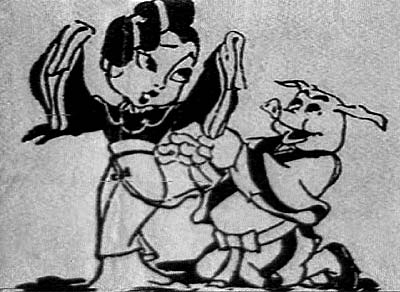
In 1926, they made their first silent animated cartoon short, "Studio In A Row"; and in 1935, they made their first sound cartoon, "The Camel Presentation Dance". After the outbreak of the War of Resistance against Japan, the Wan Brothers, (with the exception of Wan Duhuan, who had started a photo studio) moved to Wuhan and produced the propaganda films, "Anti-Japanese War Slogan" and "Song of Resistance".
Annual Members LOGIN To Download
JOIN TODAY To Access The Bonus Archive
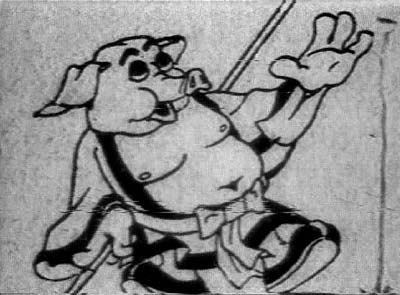
The first full length cartoon feature was made by Walt Disney in 1937, and in 1940, after returning to Shanghai, the Wan Brothers began work on their own 8,000 foot, 80 minute long sound cartoon film, "Tieshangongzhu" (aka Princess Iron Fan, completing it a year later. This film lay a sound foundation for the Wan Brothers’ career in animation production. After its completion, the Wan Brothers moved to Hong Kong for a few years, and in 1954, they returned one by one to New China, where they became directors at the Shanghai Animated Film Studio. They devoted all of their time and energies from that point on to making animated films for New China.
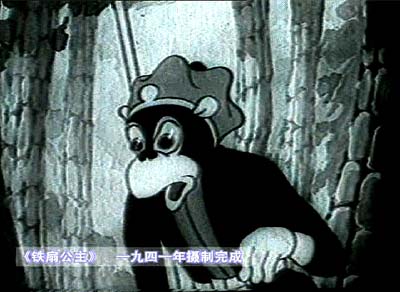
The 1961 film in the "Uproar in Heaven" series is the culmination of all of Wan Laiming’s painstaking efforts. He later recalled how the crew made the movie…
The script of "Uproar in Heaven" was adapted from one of the four classic novels, "Journey to the West". Li Kerou and I were asked to write the story. The first thing we worried about was whether we would dare to present the story as it was told in the book. It was a sensitive issue at the time. We studied the first seven chapters of "Journey to the West" and believed it to have profound significance- the sharp contrasts of conflict and struggle between the oppressor and oppressed within the mythological context. In "Uproar in Heaven", the dramatic conflict is mainly between the Monkey King and the rulers headed up by Emperor Jade. Throughout a series of adventures, the Monkey King matures, and uses his courageous ingenuity, unyielding character and tenacity to prevail.
=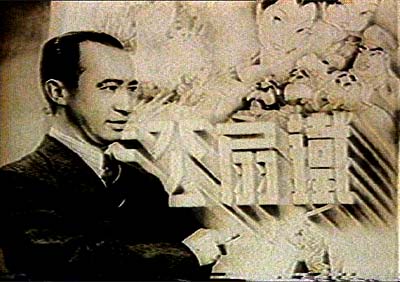
The Monkey King has the characteristics of a real monkey- He’s a lively and nimble prankster. But he is also a God that can change 72 times, or become invisible at will. Human beings certainly do not have these features. He is also thoughtful and upright, so in the shaping of the character, it was necessary to exaggerate some aspects and use our imagination. Zhang Guangyu, the main designer on the film, together with Yan Dingxian and Lin Wenxiao made the characters in the film come vividly to life, and they deserve a great deal of credit for the success of the film.
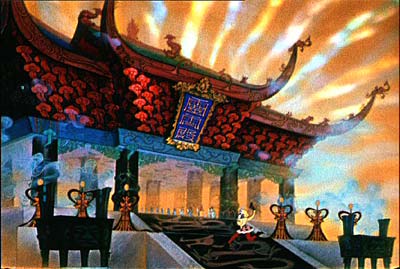
For each scene, we paid particular attention to the setting and atmosphere in order to unify the scenes with the personality and style of the characters. We absorbed the best essence of Chinese folk art tradition, and added to it our own imagination. As a result, the film has a very special flavor. Because of the fantasized atmosphere of the myth, we strived to construct a unity of rich colors, refinement toward simplicity and a shaping of the images that is more "vague" than "real". By doing this, we achieved a greater artistic effect.
The pacing of the film adopted many techniques of montage, so the story develops quickly, avoiding a slow unfolding of the plot. We made use of typical Chinese folk music- the drums and percussion instruments commonly used in Peking opera. This added a strong sense of rhythm to the action of the figures.
Annual Members LOGIN To Download
JOIN TODAY To Access The Bonus Archive
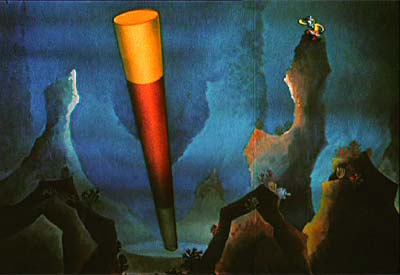
The director of photography on the picture was Duan Xiaoxun. She later described how they shot the effects on the Monkey King’s weapon, and the magnificent palaces of the heavens…
The Monkey King’s weapon is called the "Jingubang". It looks like a glittering red stick with yellow on both ends. In order to make it glow and sparkle, we employed multiple exposures, and it proved to be a very successful technique in the film.
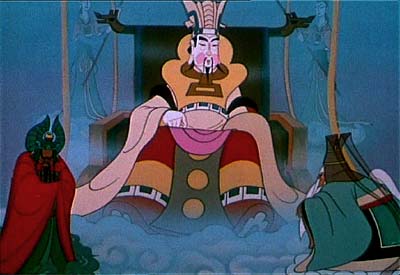
The voices were provided by many famous actors of the time. Among them were Qiu Yiefeng (Monkey King), Fu Runsheng (Emperor Jade), and Shang Hua (Taibaijinxing). Their excellent work added a great deal to the film.

After more than a year, and nearly 70,000 drawings, the image of the Monkey King finally appeared on the big screen. Wan Laiming’s decades old dream had come true. In the 1980s, the Wan Brothers were awarded an honor by the Chinese government for devoting their life to Chinese arts and filmmaking. Wan Laiming passed away 1999 at the age of 98. His tombstone reads, "Founder of the Chinese Animation Industry".
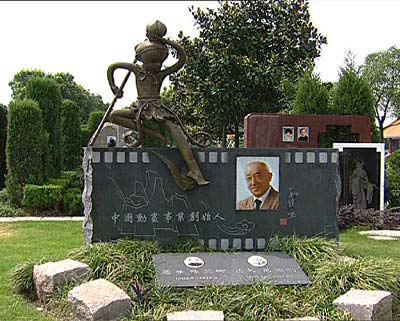
MOV Video File / 35:12 / 75 MB Download
Annual Members LOGIN To Download
JOIN TODAY To Access The Bonus Archive
Animation Resources is one of the best kept secrets in the world of cartooning. Every month, we sponsor a program of interest to artists, and every other month, we share a book and up to an hour of rare animation with our members. If you are a creative person interested in the fields of animation, cartooning or illustration, you should be a member of Animation Resources!
It’s easy to join Animation Resources. Just click on this link and you can sign up right now online…
JOIN TODAY!
https://animationresources.org/membership/levels/
![]()
![]() Animation Resources depends on your contributions to support its projects. Even if you can’t afford to join our group right now, please click the button below to donate whatever you can afford using PayPal.
Animation Resources depends on your contributions to support its projects. Even if you can’t afford to join our group right now, please click the button below to donate whatever you can afford using PayPal.















